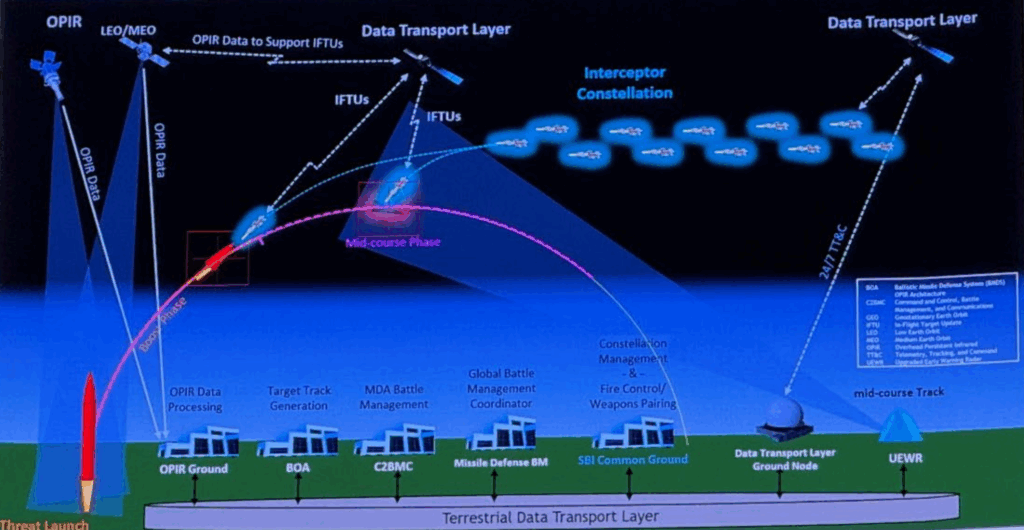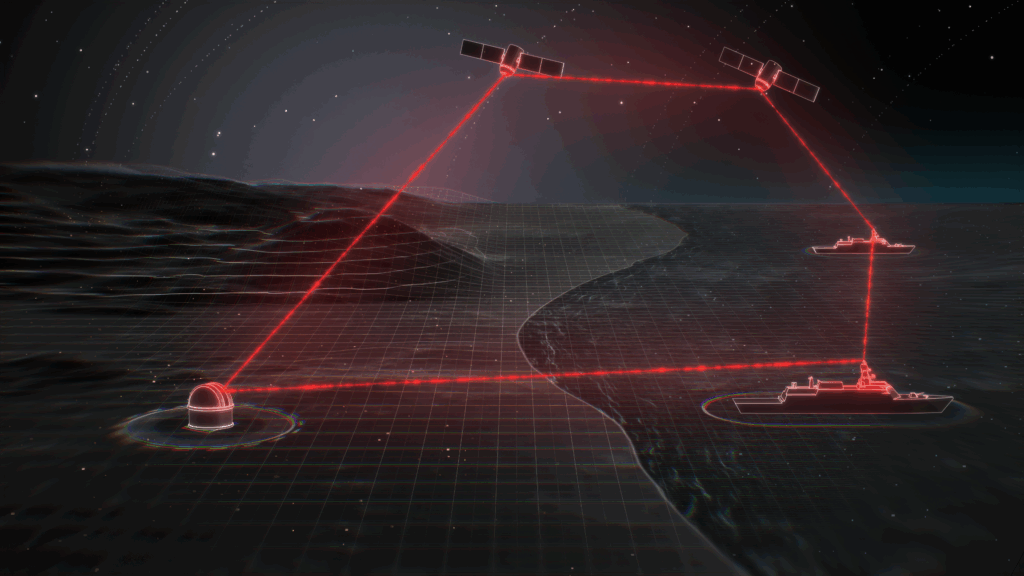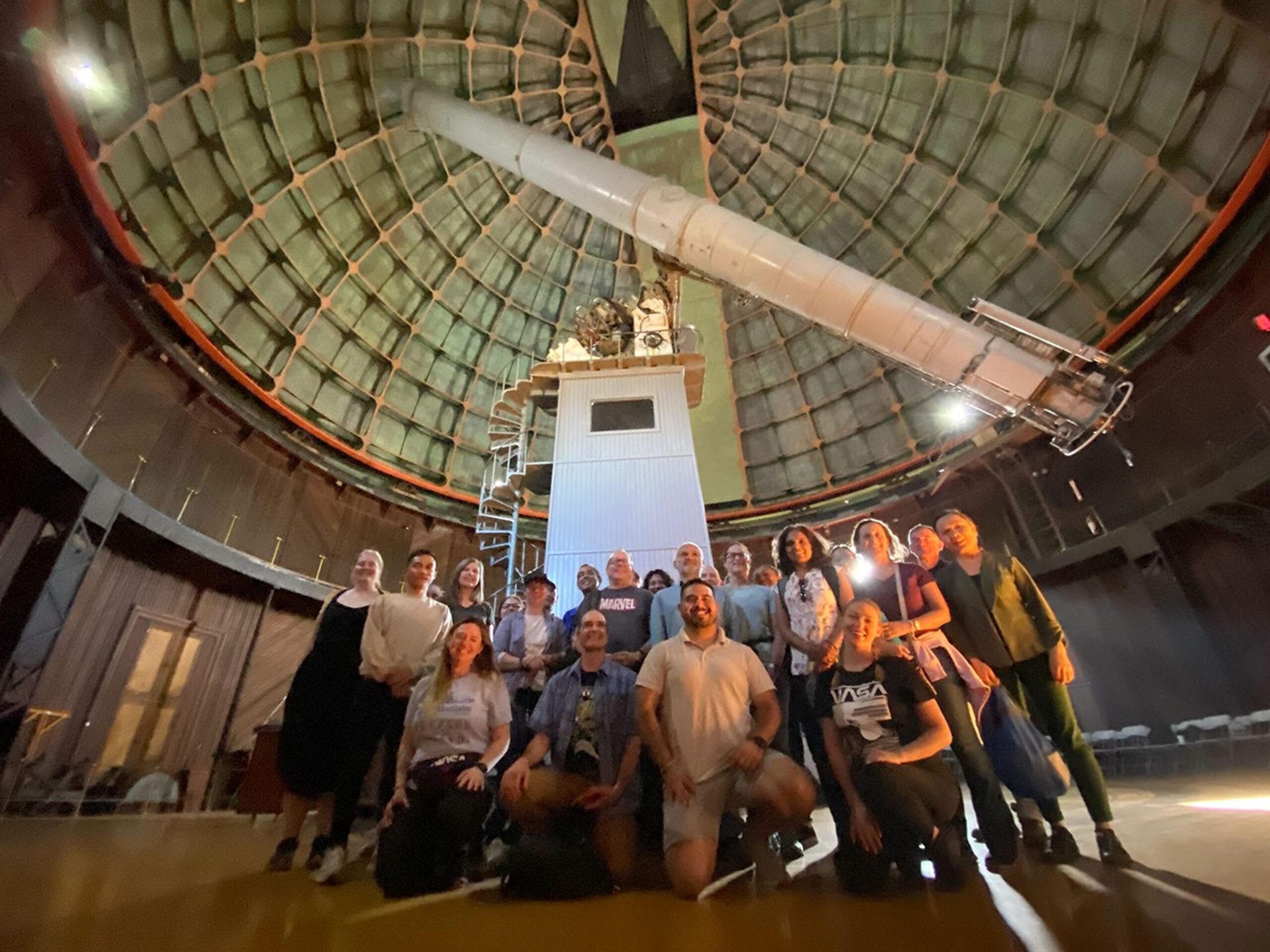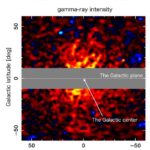Now Reading: FCC allocates additional spectrum for commercial launches
-
01
FCC allocates additional spectrum for commercial launches
FCC allocates additional spectrum for commercial launches
WASHINGTON — The Federal Communications Commission has formally allocated additional spectrum for launch applications, fulfilling a provision in a bill passed earlier this year.
The FCC published Dec. 31 a report and order that allocated spectrum between 2360 and 2395 megahertz for use in communications to and from commercial launch and reentry vehicles on a secondary basis. That band currently has a primary use for aircraft and missile testing communications.
The order satisfies language in the Launch Communications Act (LCA) of 2024, signed into law by President Biden Sept. 26 after Senate passage by unanimous consent and House passage on a voice vote. The act directed the FCC to make available three bands for use in commercial launches and reentries, finalizing such allocations no later than 90 days after enactment of the bill.
Two of the bands listed in the bill, 2025–2110 and 2200–2290 megahertz, had already been allocated by the FCC for use in launches and reentries on a secondary basis. The FCC limited the first band for use in uplinks to vehicles and the second for vehicle downlinks. The new report and order permits vehicle uplinks and downlinks in the 2360–2395 megahertz band.
Both the FCC and launch companies had argued that the additional spectrum was needed to accommodate growth in launch activities. “By identifying more bandwidth for vital links to launch vehicles, we are making it simpler for new competitors to get consistent access to the spectrum they need,” Jessica Rosenworcel, chairwoman of the FCC, said in a Dec. 19 statement calling for approval of the then-proposed report and order.
One issue with the new spectrum allocation was potential interference with current aircraft and missile testing applications in the band. In comments to the FCC, the Aerospace and Flight Test Radio Coordinating Council warned of potential interference between space launches and aerospace testing communications.
However, the FCC noted that the band’s use for launch communications would be on a secondary basis, requiring launch operators to take steps to avoid causing interference with aerospace testing. The same steps will also be required in a portion of the band where amateur services have a primary allocation.
Both SpaceX and Virgin Galactic have already made limited use of that band, including for Falcon Heavy and Starship/Super Heavy launches by SpaceX. Virgin Galactic, in a comment to the FCC, noted it had used a part of the band for “numerous” launches of its suborbital spaceplane “and has never received any complaints about interference.”
The report and order also includes the 2360–2395 megahertz band into a new licensing framework called part 26 that currently includes the two other bands allocated to launch communications. That framework is intended to streamline the license application process, replacing earlier requirements to apply for special temporary authority to use the spectrum individually for each launch.
“Our action today not only fulfills the directives of the LCA to complete any proceeding in effect, but also provides regulatory certainty and improved efficiency for commercial space launch operations, and promotes continued innovation and investment in the United States commercial space launch industry,” the FCC stated in the report and order.
Stay Informed With the Latest & Most Important News
Previous Post
Next Post
Previous Post
Next Post
-
 012024 in Review: Highlights from NASA in Silicon Valley
012024 in Review: Highlights from NASA in Silicon Valley -
 02Panasonic Leica Summilux DG 15mm f/1.7 ASPH review
02Panasonic Leica Summilux DG 15mm f/1.7 ASPH review -
 03How New NASA, India Earth Satellite NISAR Will See Earth
03How New NASA, India Earth Satellite NISAR Will See Earth -
 04And Thus Begins A New Year For Life On Earth
04And Thus Begins A New Year For Life On Earth -
 05Astronomy Activation Ambassadors: A New Era
05Astronomy Activation Ambassadors: A New Era -
06SpaceX launch surge helps set new global launch record in 2024
-
 07Space Force plans new ‘Futures Command’ amid pressure to speed up modernization
07Space Force plans new ‘Futures Command’ amid pressure to speed up modernization




















